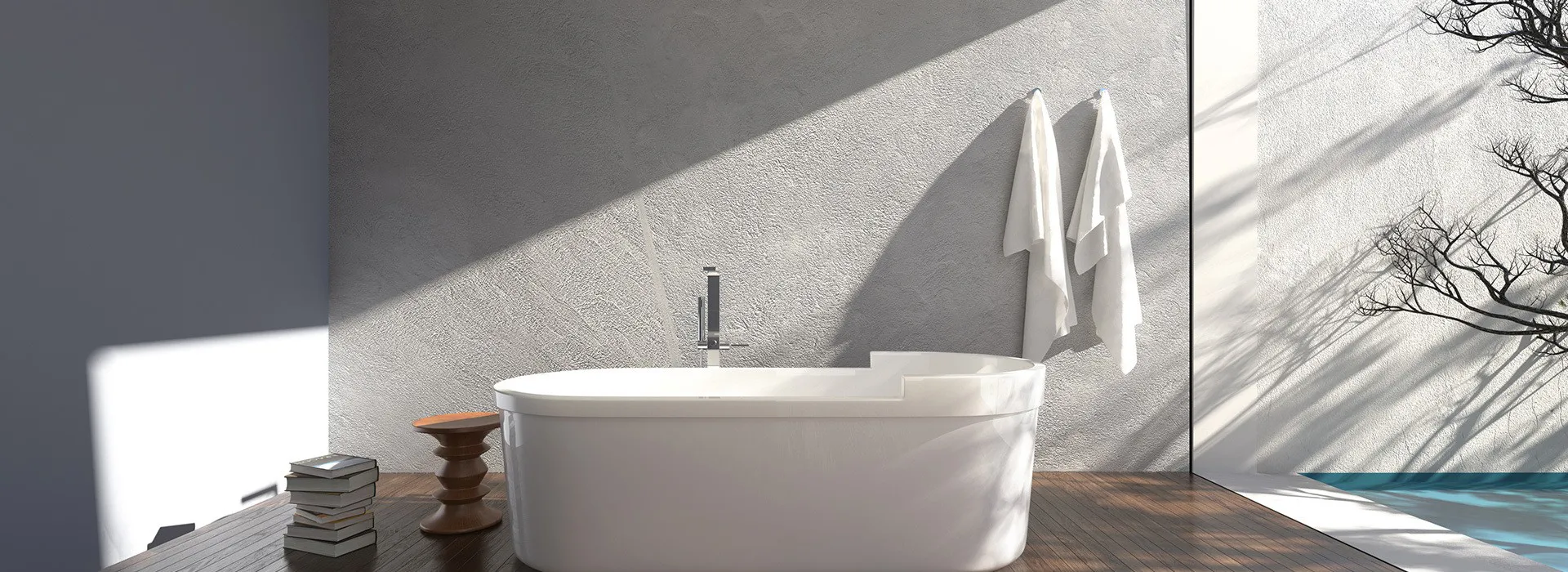
Knowledge
The Advantages of PPR Pipes and Fittings in Modern Construction
Release time : April 13 2025
PPR pipes and fittings have gained significant traction in the construction industry, particularly in the realm of building and decorative materials. Polypropylene Random Copolymer (PPR) is a thermoplastic polymer known for its exceptional qualities that make it suitable for various plumbing and piping applications. Understanding the features and benefits of PPR pipes can help professionals make informed decisions when selecting materials for their projects.
One of the primary advantages of PPR pipes is their resistance to corrosion and chemical damage. Unlike metal pipes, which can rust and degrade over time, PPR pipes maintain their integrity even in harsh environments. This quality is crucial for installations that involve hot and cold water systems, as PPR pipes can withstand temperatures up to 95°C without compromising their structural integrity.
Another notable characteristic of PPR pipes is their lightweight nature. This attribute not only makes transportation easier but also simplifies the installation process. Professionals can handle PPR fittings more conveniently, reducing labor costs and installation time. Additionally, PPR pipes require fewer connection joints, which minimizes potential leak points and enhances the overall reliability of the plumbing system.
The thermal insulation properties of PPR pipes contribute to energy efficiency in building projects. Due to their low thermal conductivity, PPR pipes help to maintain the temperature of the fluids being transported, leading to less energy loss. This energy efficiency aligns with modern construction goals, where sustainability and cost-effectiveness are paramount.
Moreover, PPR pipes are known for their low noise transmission. When used in plumbing systems, they reduce the noise of water flow, creating a more comfortable living and working environment. This quality is particularly beneficial in residential buildings and commercial spaces where noise reduction is essential for occupant satisfaction.
PPR fittings, designed specifically to complement PPR pipes, are equally noteworthy. They provide a range of joining options, including elbows, tees, and couplings, that allow for versatile configurations in plumbing systems. The seamless integration of PPR pipes and fittings results in a durable system that can withstand the demands of high pressure and varying temperatures.
In conclusion, PPR pipes and fittings offer a multitude of benefits for professionals in the construction and decorative materials industry. Their resistance to corrosion, lightweight design, excellent thermal insulation, and low noise transmission make them an ideal choice for modern plumbing solutions. As the industry continues to evolve, embracing innovative materials like PPR can lead to more efficient, sustainable, and reliable construction practices.
One of the primary advantages of PPR pipes is their resistance to corrosion and chemical damage. Unlike metal pipes, which can rust and degrade over time, PPR pipes maintain their integrity even in harsh environments. This quality is crucial for installations that involve hot and cold water systems, as PPR pipes can withstand temperatures up to 95°C without compromising their structural integrity.
Another notable characteristic of PPR pipes is their lightweight nature. This attribute not only makes transportation easier but also simplifies the installation process. Professionals can handle PPR fittings more conveniently, reducing labor costs and installation time. Additionally, PPR pipes require fewer connection joints, which minimizes potential leak points and enhances the overall reliability of the plumbing system.
The thermal insulation properties of PPR pipes contribute to energy efficiency in building projects. Due to their low thermal conductivity, PPR pipes help to maintain the temperature of the fluids being transported, leading to less energy loss. This energy efficiency aligns with modern construction goals, where sustainability and cost-effectiveness are paramount.
Moreover, PPR pipes are known for their low noise transmission. When used in plumbing systems, they reduce the noise of water flow, creating a more comfortable living and working environment. This quality is particularly beneficial in residential buildings and commercial spaces where noise reduction is essential for occupant satisfaction.
PPR fittings, designed specifically to complement PPR pipes, are equally noteworthy. They provide a range of joining options, including elbows, tees, and couplings, that allow for versatile configurations in plumbing systems. The seamless integration of PPR pipes and fittings results in a durable system that can withstand the demands of high pressure and varying temperatures.
In conclusion, PPR pipes and fittings offer a multitude of benefits for professionals in the construction and decorative materials industry. Their resistance to corrosion, lightweight design, excellent thermal insulation, and low noise transmission make them an ideal choice for modern plumbing solutions. As the industry continues to evolve, embracing innovative materials like PPR can lead to more efficient, sustainable, and reliable construction practices.
Tags:
Recommended News
March 03 2025
March 03 2025
November 11 2021
November 11 2021
November 11 2021
November 11 2021
November 11 2021
January 01 2022
July 07 2022
March 03 2025
X

